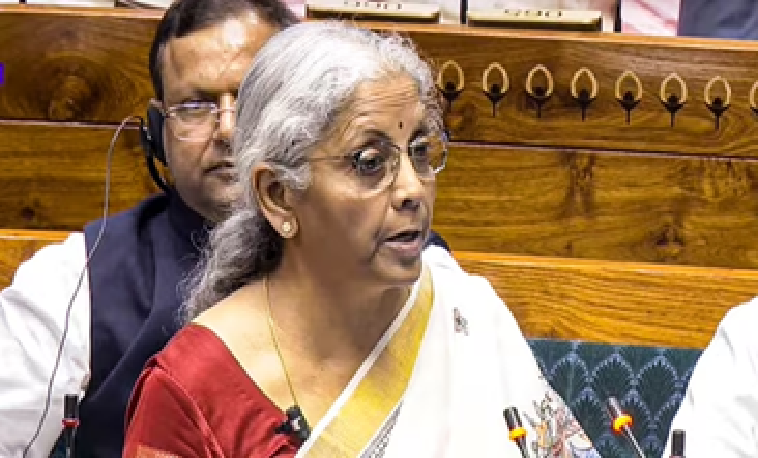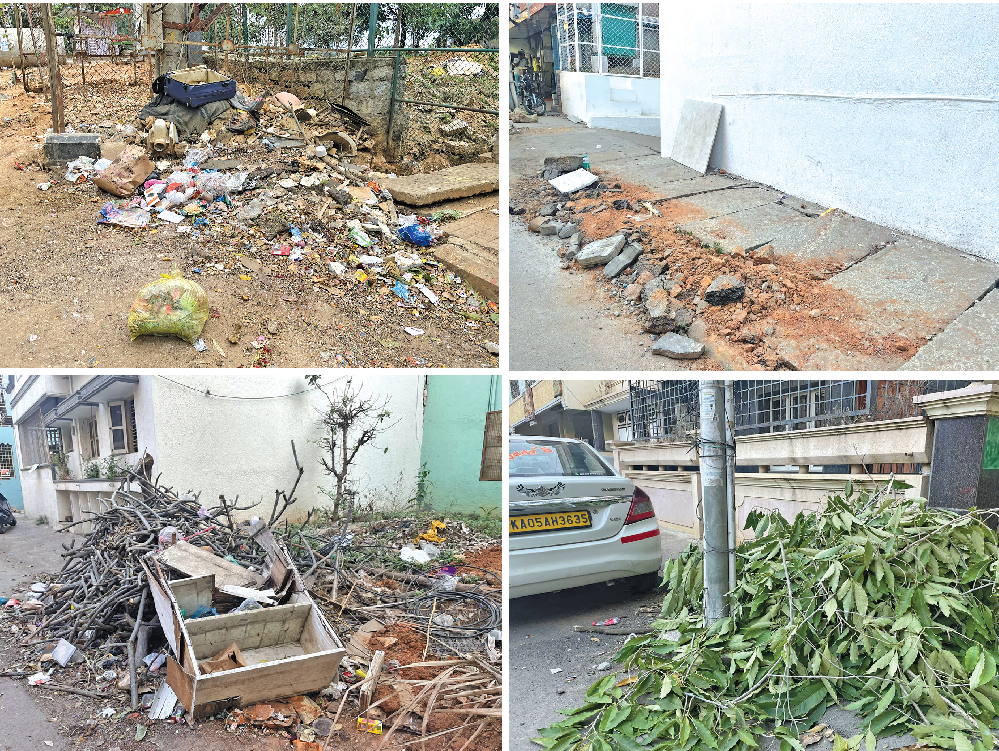
Sankey flyover, a road to ecological disaster, warn experts
Rachana Ramesh
Bengaluru: The proposed Sankey Tank Bund Road widening and flyover works are set to cost the city over 50 heritage trees amid the already depleting green cover here.
While the local residents have seriously opposed axing of the trees, environmentalists have warned of ecological implications of the move. Professor TV Ramachandra of the Indian Institute of Science (IISc) noted that studies show the green cover of Bengaluru has decreased to a mere 4 per cent from 68 per cent in 1973. As per norms, a city must have a 33 percent green cover.
“Our quantification of the number of trees in the city shows that for every seven persons there is one tree. But this ratio needs to be the other way around,” Ramachandra said.
He claimed that the proposed widening and flyover were “ad hoc” approaches and the authorities need to come up with a comprehensive mobility plan. He also recalled the recent “midnight cutting” of trees on Ballari Road where over 54 trees were chopped down by the Bruhat Bengaluru Mahanagara Palike (BBMP).
Vijay Nishanth, popularly known as a tree doctor, said that the government has only been churning out “inbetween solutions” instead of coming up with a sustainable plan. He provided the example of the Supreme Court recently warning the city of Chandigarh to avoid the mistakes made by Bengaluru, which has now become a template for urban ruin, and said that the focus must be shifted to other districts in the state.
“Bengaluru alone does not represent Karnataka. Projects are being proposed left, right and centre here while other cities can also be developed. If the focus is shifted, Bengaluru will automatically become breathable,” he said. He added that holistic solutions provided by the public are not being taken into consideration by authorities.
“Trees near Sankey Tank are over 40-50 years old and play a major role in maintaining biodiversity of the water body. This needs to be taken into consideration,” Vijay Nishanth explained. Leo Saldanha, coordinator at Environmental Support Group, said that the ESG has consistently made a case against elevated corridors, which stretch to over 110 kms.
He added that there is “no rationality” behind the thought of the widening and flyover, and it is being mauled through only due to an “ego issue” of the constituency MLA. The ESG has instead advocated fore-staging public transport as the main mode of mobility for all by ensuring accessibility and affordability. Trees around lakes are very necessary as their roots increase soil porosity, allowing water to infiltrate rather than run off.
The vegetation also filters out nutrients and pesticides that can otherwise reach the lake and cause algal blooms or excessive plant growth. Karun Thekepat, a resident of Malleswaram and a member of the Bengaluru Nava Nirmana Party (BNP) expressed his concern over the possible inflow of lake water into Vyalikaval during rainy seasons.
“The tank bund is the only thing that is dividing the low-lying areas of Vyalikaval and the Sankey lake on the other side. Without proper inspection, they are risking the flooding of hundreds of houses,” he said. A handful of residents have protested against the felling of trees by tying messages sketched by children besides hearts around the trees marked by the BBMP
 English daily published in Bengaluru & Doha
English daily published in Bengaluru & Doha






